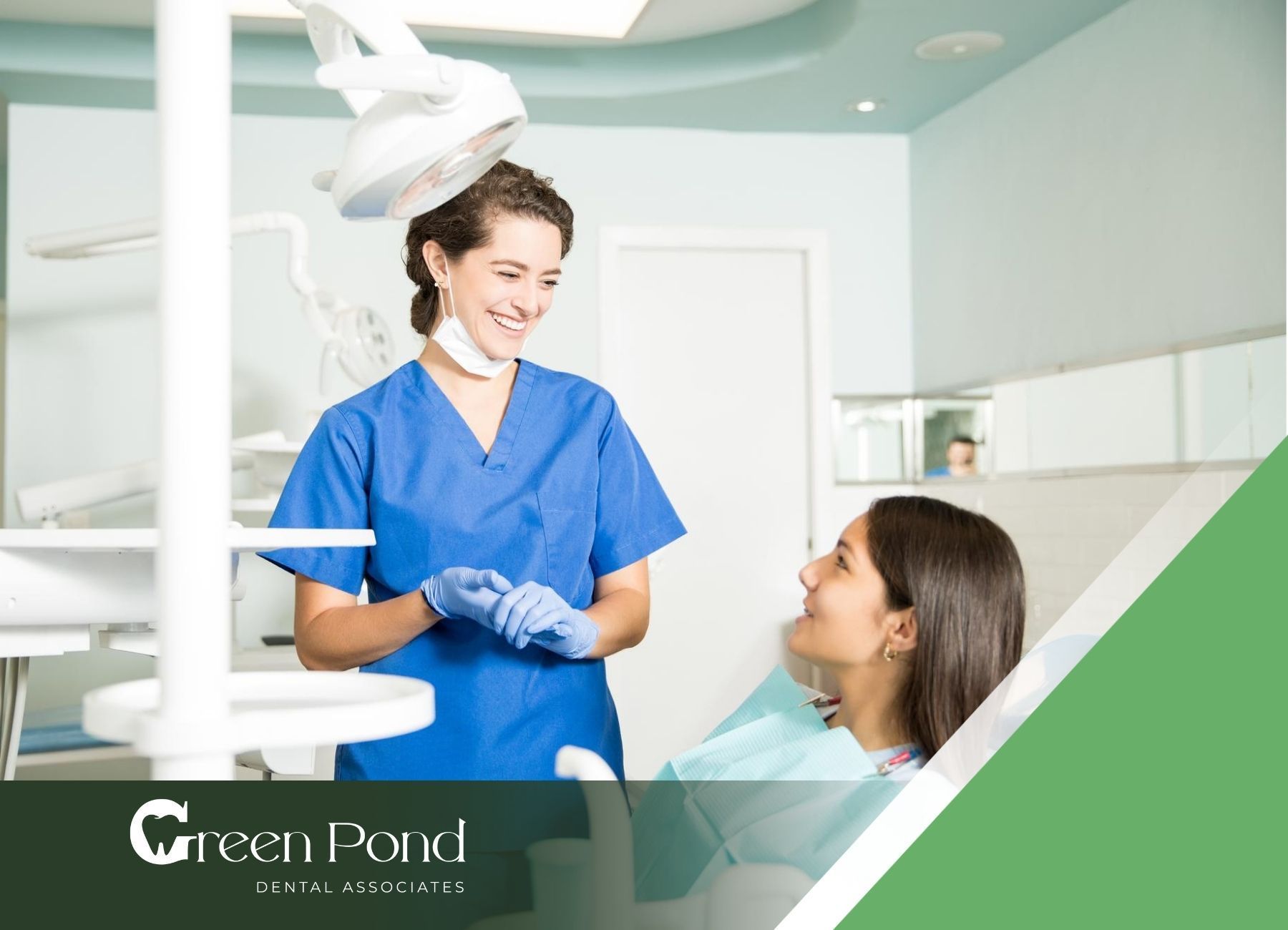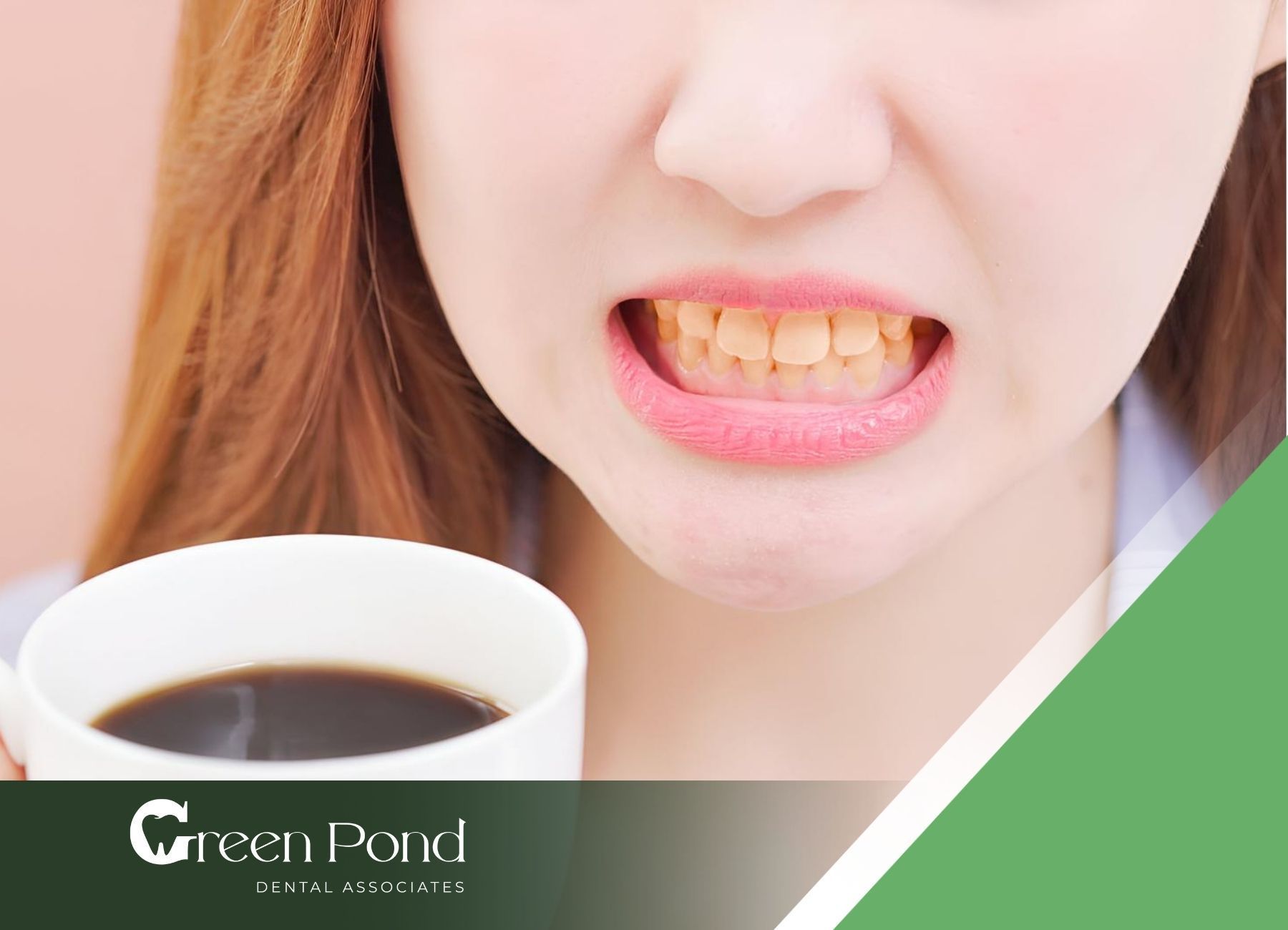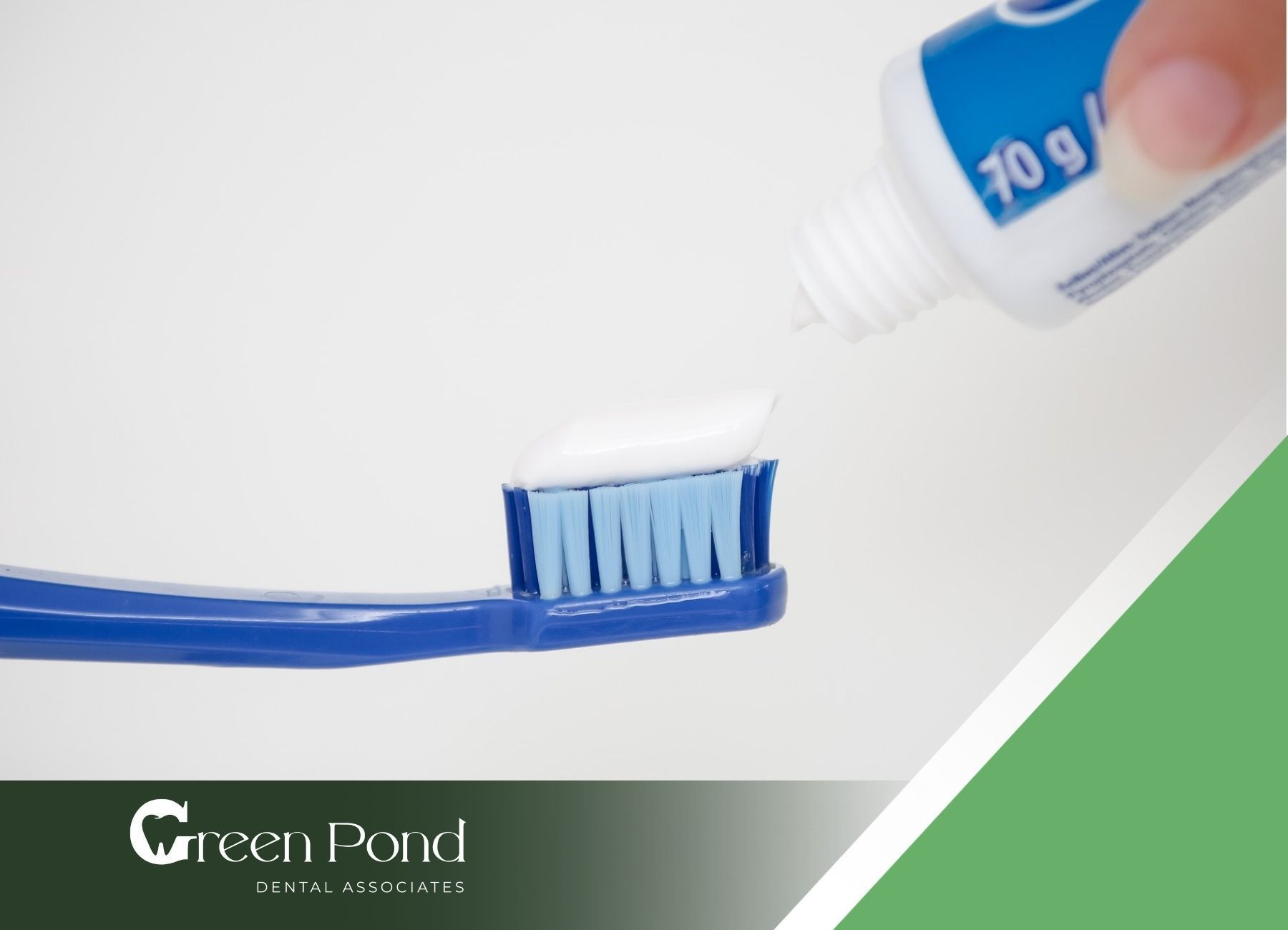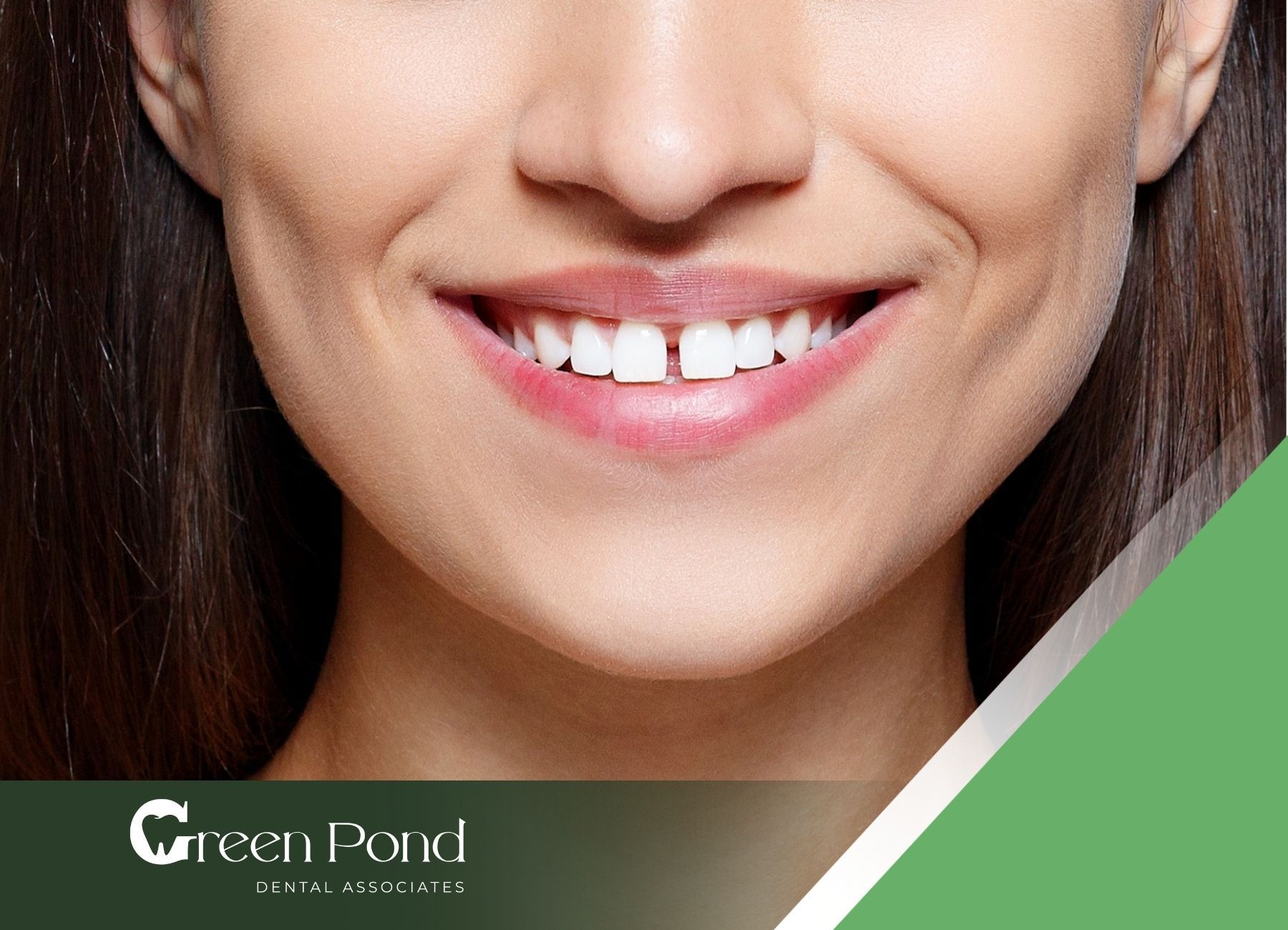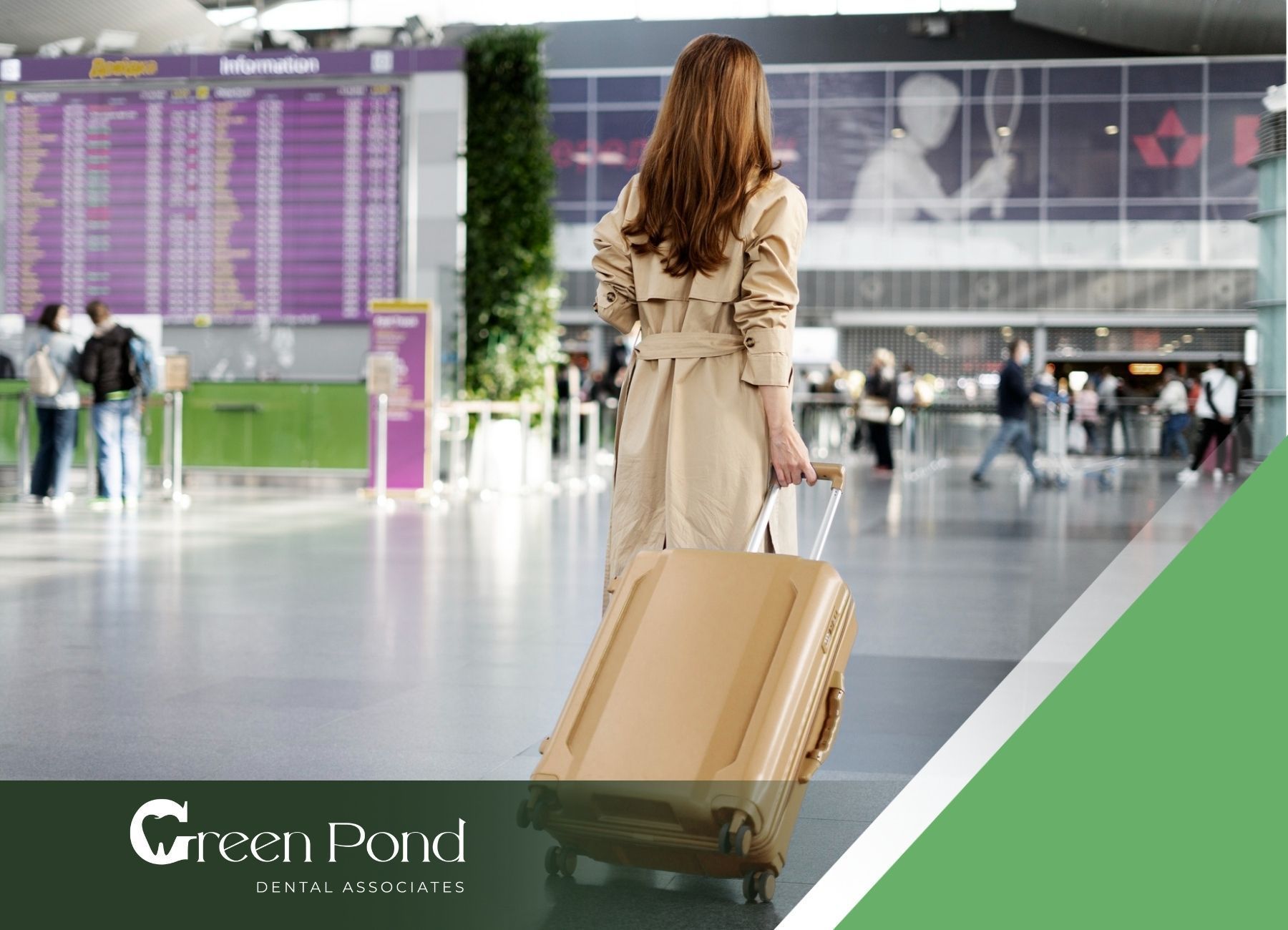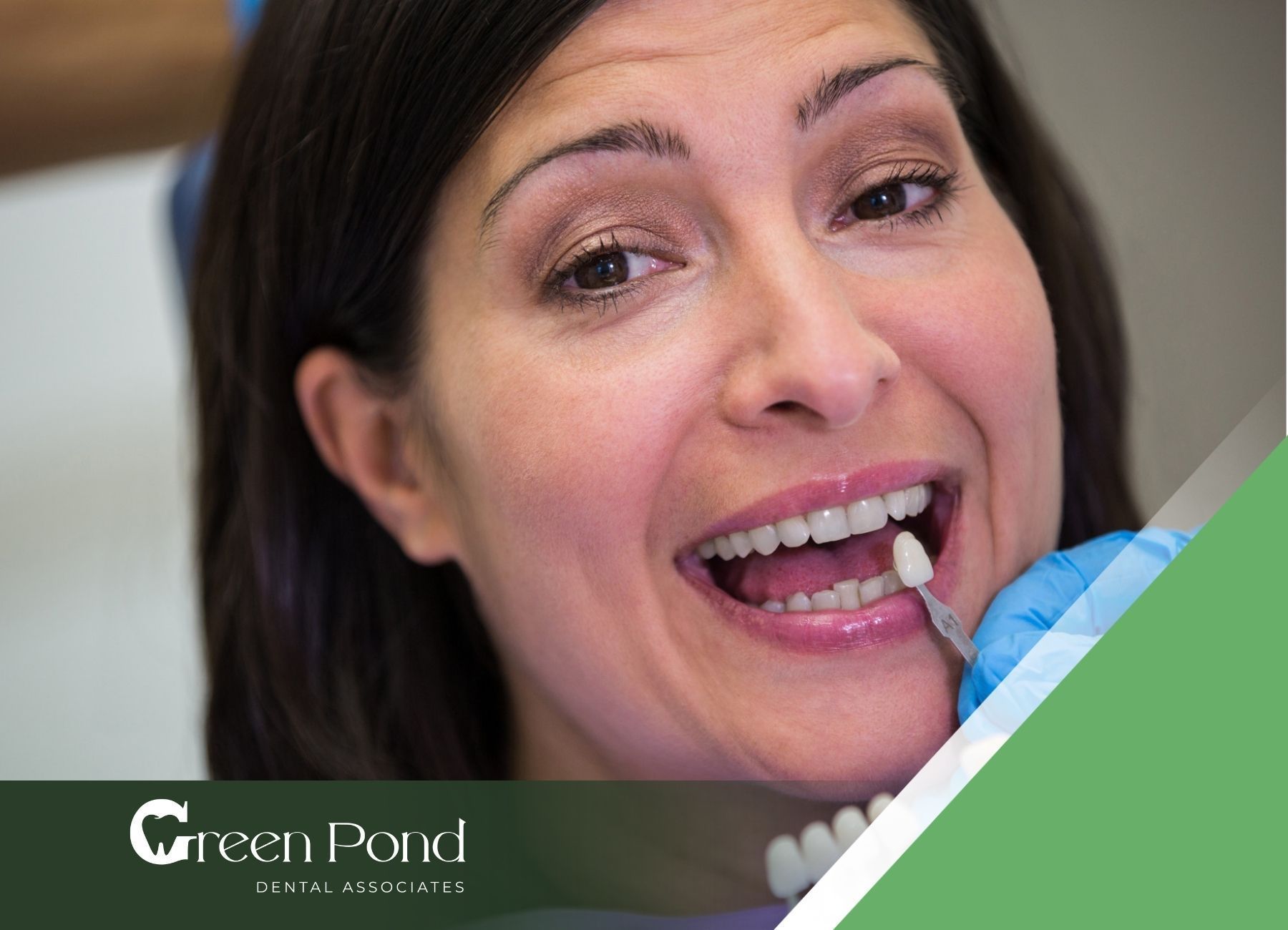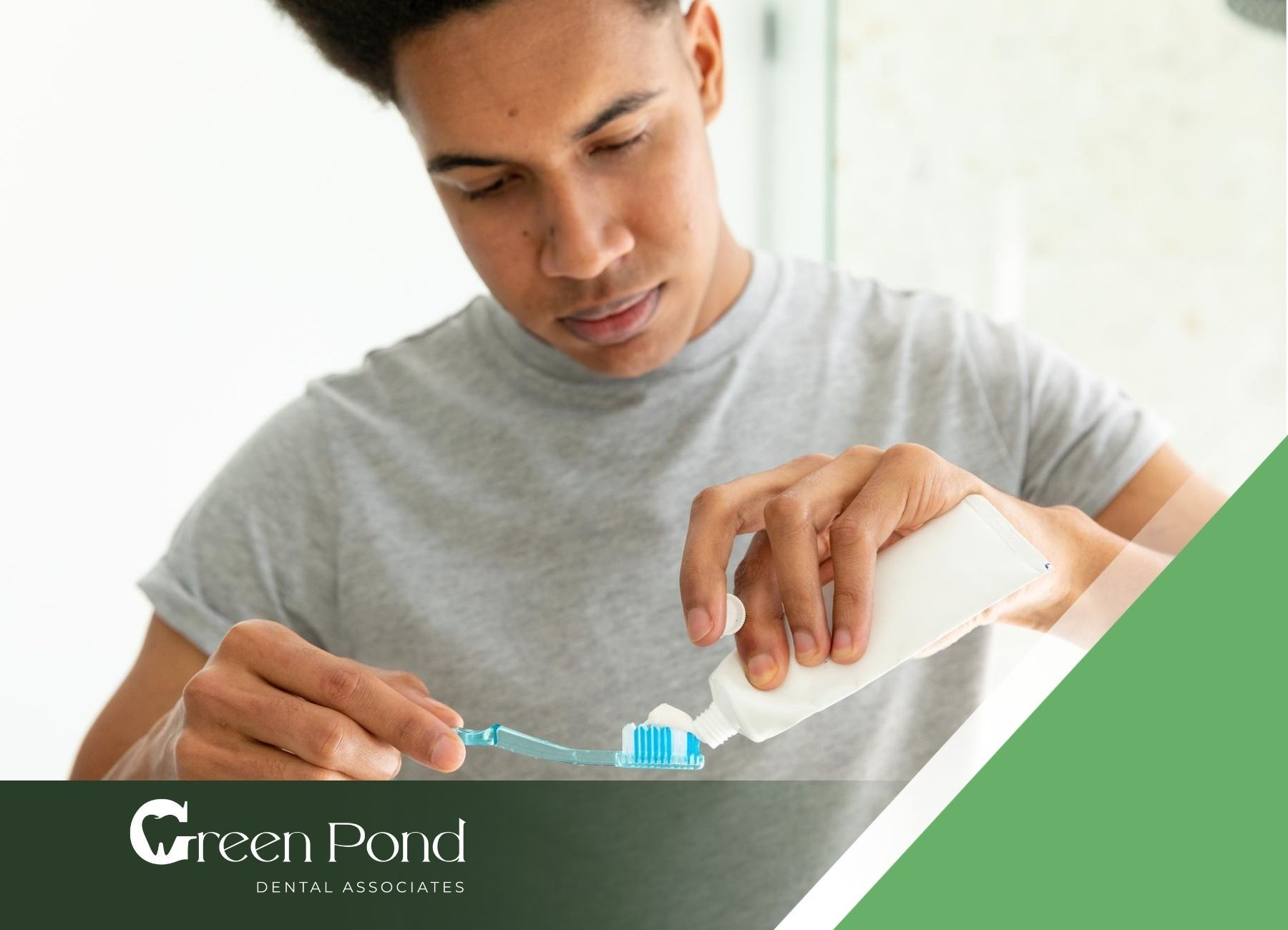How Laughing Gas Can Make Your Child's Dental Visits More Comfortable
A trip to the dentist can be a source of anxiety for many children. Fear of the dentist, or dental phobia, is common among kids and can make dental visits stressful for both the child and the parents.
Fortunately, there are effective ways to help ease this fear, one of which is the use of laughing gas. This blog will explore how laughing gas can help children overcome their fear of the dentist and make dental visits a more positive experience.
Understanding Dental Anxiety in Children
Dental anxiety in children can stem from various sources, including fear of pain, unfamiliar environments, or negative past experiences. Recognizing and addressing this anxiety is crucial for ensuring that children receive the dental care they need.
What is Laughing Gas?
Laughing gas, also known as nitrous oxide, is a safe and effective sedative used to help patients relax during dental procedures. It is administered through a small mask that fits over the child’s nose, allowing them to breathe in the gas mixed with oxygen.
How Laughing Gas Works
Laughing gas works by slowing down the body’s reaction time, which helps to calm the nervous system. This results in a feeling of relaxation and euphoria, making the dental experience more comfortable and less frightening for children.
Benefits of Laughing Gas for Kids
Laughing gas offers several benefits that can help alleviate dental anxiety in children:
- Quick Onset: Laughing gas takes effect within minutes, providing immediate relief from anxiety.
- Adjustable Levels: The dentist can easily adjust the level of sedation to ensure the child remains comfortable throughout the procedure.
- Minimal Side Effects: Laughing gas is quickly eliminated from the body, allowing children to recover rapidly with minimal side effects.
- Pain Relief: In addition to reducing anxiety, laughing gas also helps to alleviate pain, making dental procedures more tolerable.
Is Laughing Gas Safe for Children?
Yes, laughing gas is safe for children. It has been used in pediatric dentistry for many years and is considered one of the safest forms of sedation. When administered by a trained dental professional, the risks are minimal.
Monitoring and Precautions
During the procedure, the dentist will closely monitor the child’s vital signs to ensure their safety. The amount of nitrous oxide is carefully controlled, and the child remains awake and responsive throughout the treatment. After the procedure, the child will breathe pure oxygen to help eliminate any remaining gas from their system.
Preparing Your Child for Laughing Gas
Preparing your child for the use of laughing gas can help ensure a smooth and positive experience. Here are some tips to help your child feel comfortable:
Talk to Your Child
Explain to your child what laughing gas is and how it will help them feel more relaxed, especially if it’s their first dental visit. Use simple and reassuring language to address any concerns they may have.
Stay Calm and Positive
Children often take cues from their parents’ behavior. Staying calm and positive can help your child feel more at ease about the procedure.
Bring Comfort Items
Allow your child to bring a favorite toy or blanket to the appointment. Familiar items can provide comfort and security in an unfamiliar environment.
What to Expect During the Appointment
Knowing what to expect during the dental appointment can help both you and your child feel more prepared and less anxious.
Initial Consultation
The dentist will start with an initial consultation to discuss your child’s dental history, any concerns you may have, and to explain the procedure. This is also a good time to ask any questions you may have about laughing gas and its use.
Administering Laughing Gas
Once your child is settled in the dental chair, the dentist will place a small mask over their nose. Your child will be asked to breathe normally, and within a few minutes, the laughing gas will start to take effect. Your child will feel relaxed and may even giggle or feel slightly light-headed.
During the Procedure
The dentist will proceed with the dental treatment while your child is under the calming effects of laughing gas. The dentist and staff will monitor your child’s comfort and adjust the gas levels as needed to ensure they remain calm and pain-free.
After the Procedure
After the procedure is complete, the dentist will turn off the nitrous oxide and have your child breathe pure oxygen for a few minutes. This helps to flush out any remaining gas from their system. Your child will quickly return to their normal state, with no lingering drowsiness.
Conclusion
Laughing gas is a safe and effective way to help children overcome their fear of the dentist. By providing a calming and pain-relieving experience, it makes dental visits more manageable and less stressful for young patients.
At Green Pond Dental, our dentists committed to ensuring your child’s comfort and well-being during their dental visits. Contact us today to learn more about our pediatric dental services and how we can help your child have a positive dental experience.
FAQs
Will my child be asleep during the procedure?
No, laughing gas will not make your child fall asleep. They will remain awake and able to communicate with the dentist throughout the procedure.
How long does the effect of laughing gas last?
The effects of laughing gas wear off quickly once the gas supply is stopped. Most children recover within a few minutes and can return to their normal activities soon after the appointment.
Are there any side effects of laughing gas?
Side effects are rare and typically mild. Some children may experience slight nausea or dizziness, but these effects usually subside quickly.
Can all children use laughing gas?
Describe the item or answer the question so that site visitors who are interested get more information. You can emphasize this text with bullets, italics or bold, and add links.

